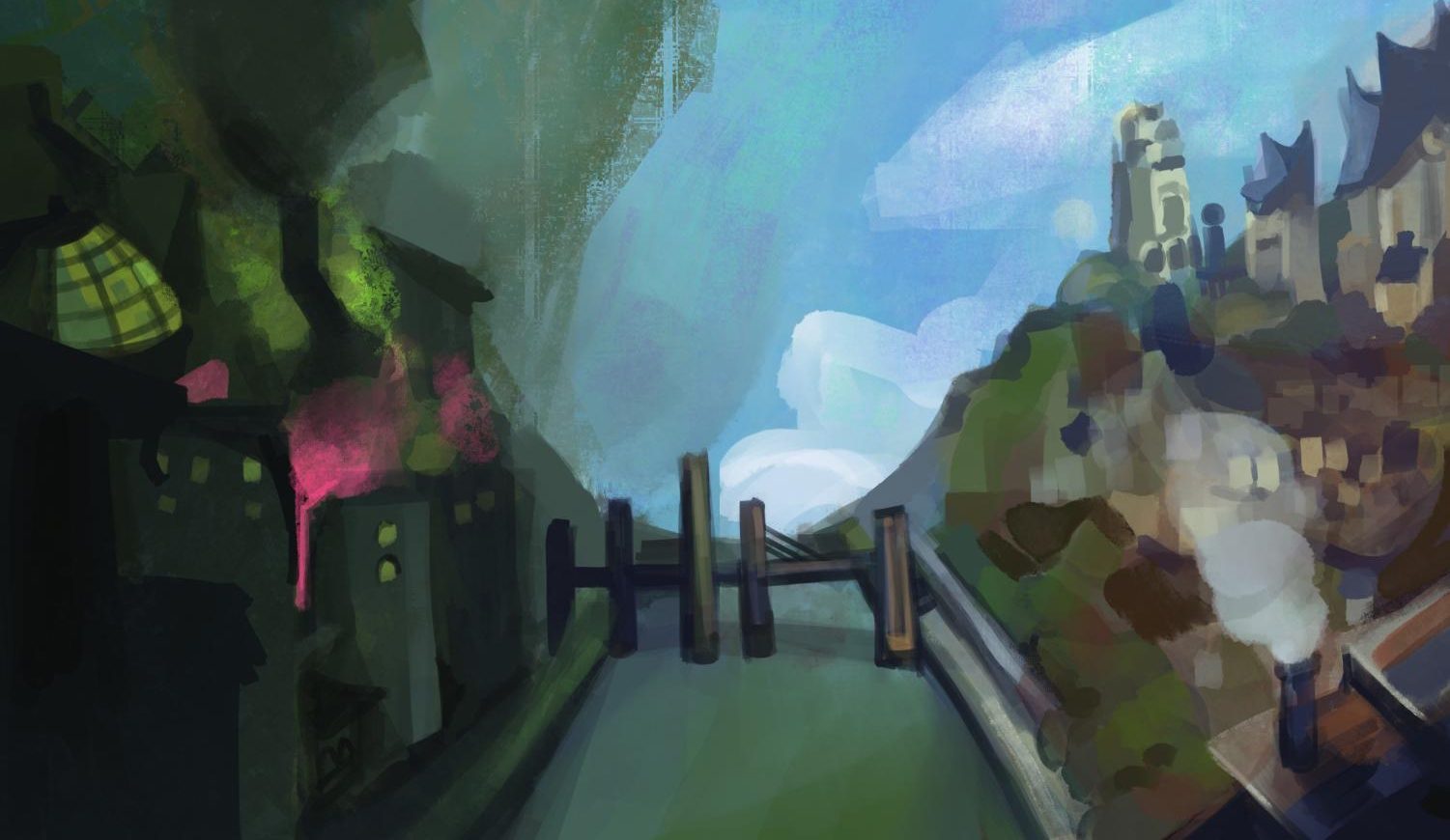‘Arcane’
A feat of animation, activism, and allegory
March 28, 2022
The new League of Legends-inspired TV-show “Arcane” has revolutionized the animation world over the past few months. With nine Annie Award nominations, the show has pushed the boundaries of what animation can accomplish in a way that I haven’t seen since Sony’s 2018 “Into the Spider-Verse.”
“Arcane” serves as a backstory for the “League of Legends” franchise. But the show is so much more than the game, starting off with some of the best queer representation I’ve ever seen in animation and a great portrayal of socioeconomic inequality through the starkly contrasting cities of Piltover and Zaun
The first two episodes are backstory, exploring Vi’s (Hailee Steinfeld) childhood, and her relationship with her little sister, Powder (Mia Sinclair Jenness).
The show then skips forward about two decades and examines the rising tension between Zaun and Piltover. An enforcer — police officer —named Cait (Katie Leung) employs Vi to help expose the corruption in Zaun.
The animation of “Arcane” is incredible. It’s no wonder the show took six years to create — I don’t think I’ve ever seen a TV show with visuals this spectacular, and that is not hyperbole.
The moody color palette and steampunk aesthetic create a futuristic atmosphere. With a score featuring artists like Imagine Dragons and PVRIS, the soundtrack perfectly accompanies it.
Though the plot itself is fairly generic and trope-reliant (dead father figure, long-lost siblings…), the characters more than make up for it. They’re compelling microcosms of their world, and viewers are sure to fall in love with them instantly. I did.
As you can probably tell, I adore this show. And it does a pretty good job in terms of activism as well.
LGBTQ+ representation
Vi and Cait, though not technically together (yet), are heavily implied to be setting up for a relationship in Season 2. Their sexuality is clear without ever being outright stated. It strikes the perfect balance between queerbaiting — implying but not actually showing LGBTQ+ couples — and being too on-the-nose.
Vi and Cait are what any central couple in an action show is supposed to be: they have a relationship that fits the universe of the show and advances each of the characters’ stories. Their queerness and their relationship don’t just feel dropped into the show for the sake of representation.
Both of the characters stand well on their own, another aspect that’s missing from a lot of queer animated shows (and from medias’ portrayal of women in relationships in general). They didn’t just “happen to be queer,” or “happen to be in a relationship,” as the relationship is critical to both of their stories, but at the same time, they each have well-developed histories and personalities.
Of course, there’s the definite possibility of the show completely butchering its representation in Season 2. For that, we’ll simply have to wait and see.
Portrayal of wealth inequality
In addition to queer representation, “Arcane” dives into issues such as police brutality, socioeconomic inequality, and drug addiction.
But, the way “Arcane” does it is just okay to me. There are times I felt uncomfortable or guilty about my own privilege — an indicator that the allegory is doing its job. The inequality of access to scientific advancements is brilliantly shown, and I think the cycle of poverty in Zaun is portrayed well, too.
The oppression does often feel hidden under an overlay of steampunk and action. There are times where the poverty of Zaun is romanticized, or depicted as simply an unchangeable fact of life. This could allow a viewer with a cynical point of view about real-world inequity to retain that viewpoint.
The show also has some other great (and not so great) activist elements that I won’t get into here, like fantastic, strong female characters and immigrant representation.
Allegations against producer leave a bitter aftertaste
My one major qualm with the show is its producer, Riot Games, the subject of a plethora of misogyny allegations.
Riot is best known for producing the “League of Legends” franchise, the video game series that inspired “Arcane.” Riot has a long history of gender inequity allegations, and many have referred to the company as having a “frat bro” culture.
In late 2021, Riot Games paid $100 million to settle a gender discrimination lawsuit. And they have taken steps towards progress, such as funding a Diversity and Inclusion team. Maybe this show is reflective of a larger change in Riot’s atmosphere. But it’s hard to be that optimistic; realistically, workplace culture doesn’t change in a matter of months.
It ties back to the age-old art-versus-artist debate. I have a hard time fully enjoying a show’s representation when many of its creators are likely contributing to an oppressive workplace atmosphere.
I find myself having to take the stellar sapphic representation, the strong female characters, and everything else with a grain of salt. On its own, the show is incredible. But with the knowledge of Riot’s history, it feels somewhat insincere.
That said, I still immensely enjoyed “Arcane” and would strongly recommend everyone to watch it, particularly animation-lovers. It’s a masterpiece, and despite Riot’s history, the representation is still incredible.
I hope that this show indicates a positive change in Riot’s workplace environment, and that its incredible representation remains in Season 2.

